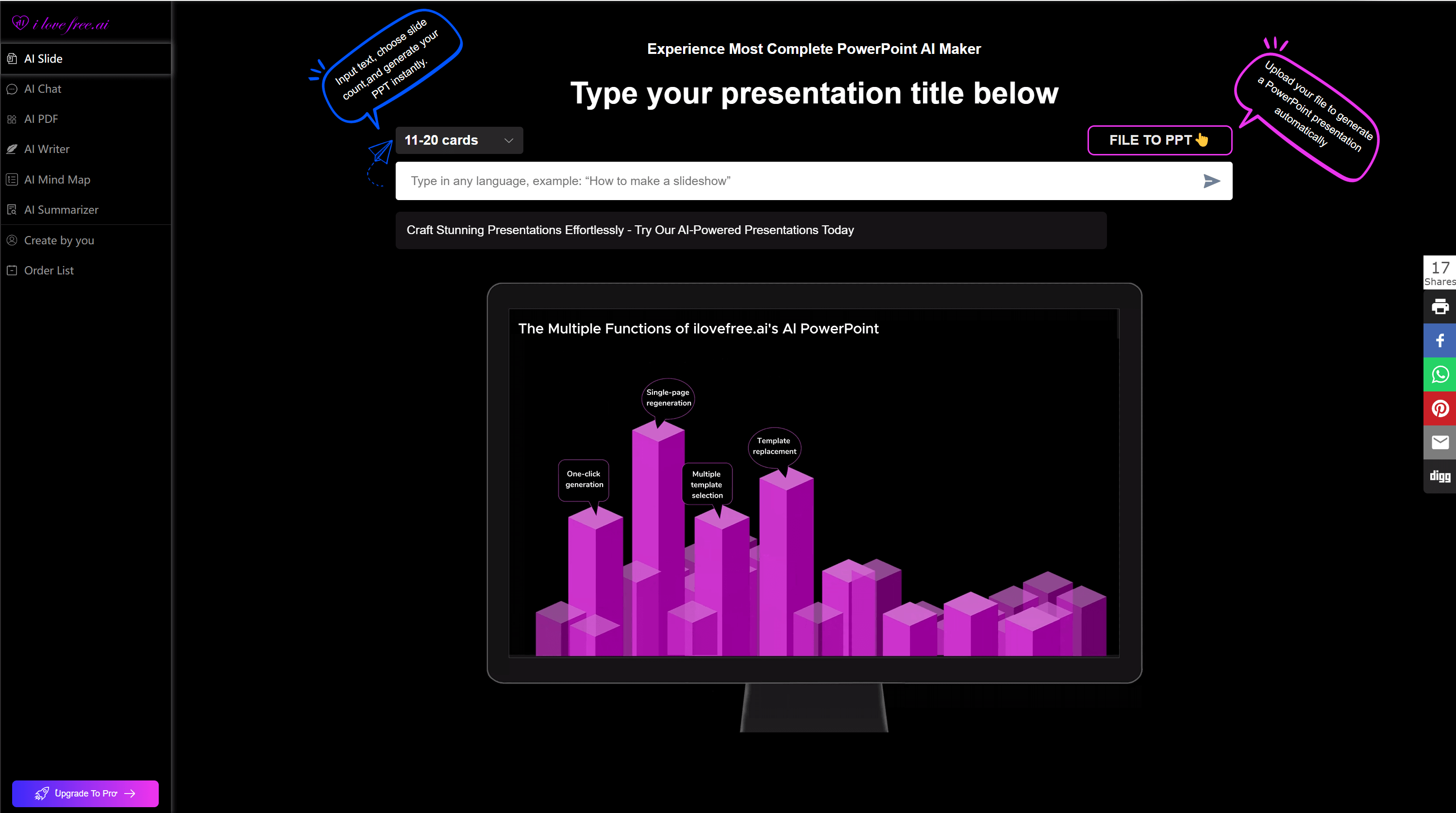
As the primary organ for perceiving the external world, approximately 80% of human information is acquired through vision. Protecting eye health enables us to better experience and interact with our surroundings while enhancing overall quality of life.
Behaviors That Damage Eye Health
1. Prolonged Use of Electronic Products
Staring at electronic screens for extended periods and using the eyes too closely for excessive amounts of time not only affects eyesight, causing temporary vision decline, but also makes it easier to trigger other eye problems such as dry eye syndrome. When we focus intently on a screen for a long time, the ciliary muscles in our eyes remain in a state of tension, which can lead to myopia over time.
Moreover, the constant exposure to the blue light emitted by electronic devices can also damage the photoreceptor cells in the retina. To protect our eyes from such harm, we should limit our screen time.
2. Overuse of Eye Drops
When the eyes feel dry, many people are accustomed to using eye drops to moisten them. However, using eye drops too frequently can be extremely harmful. Firstly, it can cause the eyes to become dependent on the eye drops. Without using them, people will feel uncomfortable in their eyes.
Secondly, frequent use of eye drops may disrupt the normal physiological environment of the eyes, including the pH level and osmotic pressure. This interference can affect the normal metabolism and physiological functions of the eyes. Some eye drops may also contain preservatives that, when used frequently, can irritate the delicate tissues of the eyes.
3. Neglecting Sunglasses in Bright Environments
Chronic UV exposure causes photochemical damage to corneal epithelial cells, leading to painful conditions like photokeratitis. Cumulative UV radiation increases risks of cataracts, pterygium, and macular degeneration. High-energy visible (HEV) light from sunlight contributes to retinal oxidative stress. Wearing sunglasses is an essential way to protect our eyes from the harmful effects of UV and HEV light in bright environments.
4. Watching TV or Using Mobile Phones in the Dark for a Long Time
Using the eyes in dim light can cause the pupils to dilate for an extended period. This dilation can block the flow of the intraocular fluid. Over time, it may potentially induce glaucoma.
Additionally, when the eyes stare at a high-brightness screen for a long time, the photoreceptor cells in the macula area will be continuously stimulated by the strong light. This stimulation accelerates the aging and damage of the cells, increasing the likelihood of macular degeneration.
5. Staying Up Late or Having Poor Sleep for a Long Time
Staying up late or having poor sleep quality means that the eyes remain in a working state for a long time without sufficient rest, which makes it extremely easy to trigger visual fatigue. At the same time, the reduction in tear secretion and the decrease in tear film stability will lead to dry eyes, further aggravating the symptoms of visual fatigue and creating a vicious cycle.
When we don't get enough sleep, the blood circulation in the eyes is also affected, reducing the supply of oxygen and nutrients to the eye tissues. Establishing good sleep habits is a key step in protecting our eyes from the negative consequences of lack of sleep.
6. Eye Rubbing Habits
Hands carry 10-100 times more pathogens than most surfaces. Frequent rubbing introduces bacteria (e.g., staphylococci) and viruses (e.g., adenovirus), increasing risks of conjunctivitis and corneal ulcers. Mechanical trauma from rubbing can cause subconjunctival hemorrhages and corneal abrasions.
Rubbing your eyes may cause conjunctival congestion and edema, or even subconjunctival hemorrhage, resulting in flakes of red blood on the white of the eye. If you use too much force or accidentally scratch the cornea with your fingernails, it may cause corneal epithelial damage, causing obvious eye pain, tearing, decreased vision, and other symptoms.
Tips for Eye Protection
1. Use the Eyes Reasonably
When reading books or looking at mobile phones, maintain a correct sitting posture. Avoid lying down or lying on your stomach, and don't get too close to the screen or the book. Control the time spent using the eyes and pay attention to taking regular breaks. Whether it's reading, studying, or working, you can look up and gaze into the distance every about 20 minutes to relax your eyes.
You can also close your eyes to rest or use eye drops appropriately. Additionally, ensure that you get enough sleep to allow your eyes to recover and rejuvenate.
2. Nutrient-Rich Diet
A healthy diet can provide the necessary nutrients for the eyes and prevent various eye diseases. Foods rich in nutrients such as anthocyanins, vitamins A, C, E, fatty acids, lutein, zeaxanthin, and carotenoids are helpful for protecting eye health.
-Vitamin A: Sweet potatoes, carrots (prevents night blindness)
-Omega-3s: Fatty fish, walnuts (reduces dry eye symptoms)
-Lutein/Zeaxanthin: Kale, eggs (filters blue light, protects macula)
-Anthocyanins: Blueberries, blackcurrants (improves retinal circulation)
-Zinc: Oysters, pumpkin seeds (supports vitamin A metabolism)
3. Outdoor Activity Optimization
Daily 2-hour outdoor exposure stimulates dopamine release, inhibiting axial elongation (primary cause of myopia). Natural light conditions promote proper pupil constriction/dilation cycles and enhance depth perception.
4. Improve the Eye-Using Environment
When using the eyes, pay attention to having sufficient lighting. The light should not be too dazzling or too dim, as this can cause the eyeballs to adjust excessively for a long time, leading to fatigue. Using appropriate lighting fixtures and ensuring that the light is evenly distributed in the environment can reduce the burden on the eyes.
5.Have Regular Eye Examinations
Regular eye examinations are necessary to detect and treat potential eye problems in a timely manner. An eye examination can not only check for vision problems but also detect early signs of eye diseases such as glaucoma, cataracts, and macular degeneration.
Early detection and treatment can often prevent the progression of these diseases and preserve good vision. Regular check - ups are a proactive way to protect our eyes and maintain their long - term health.
6. Do Eye Exercises
You can find a fixed distant target, such as a distant mountain peak or a building, and then shift your gaze to a nearby object, such as a finger or the words in a book. Rapidly alternate your gaze between the distant and near targets, repeating this process a dozen times.
Another exercise is to practice the pilot's "Mi" character exercise: look up and down three times with both eyes; look left and right three times with both eyes; look up to the left and down to the right three times with both eyes; look up to the right and down to the left three times with both eyes; rotate the eyes clockwise and counterclockwise three times each, and then close your eyes and rest for 1 minute. These exercises can relax the eyes and relieve fatigue.
7. Seek Medical Attention Promptly
If there is any discomfort in the eyes, such as blurred vision, pain, or itching, it is essential to seek medical attention promptly. Early diagnosis and treatment can prevent the condition from worsening and avoid more serious eye problems. Acting quickly when we notice eye discomfort is crucial for protecting our eyes and preventing potential long - term damage.
Ilovefree is a platform that offers a variety of AI tools and allows users to obtain usage times by watching advertisements. Whether it's creating a presentation, writing an article, extracting the key points of an article, making a mind map, or converting PDF formats, it can provide assistance to you.

